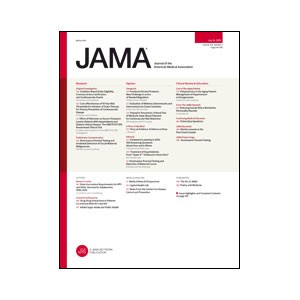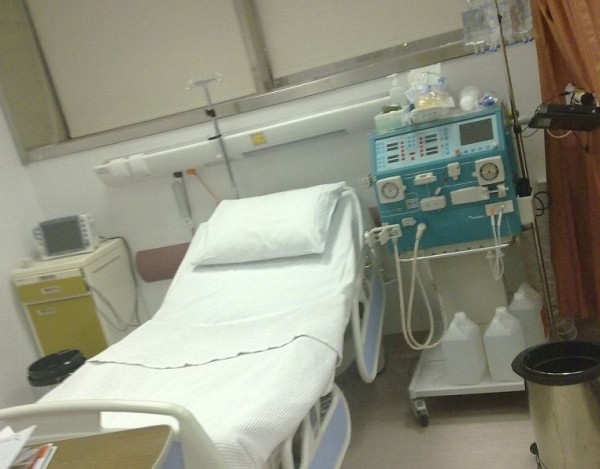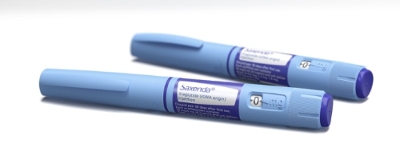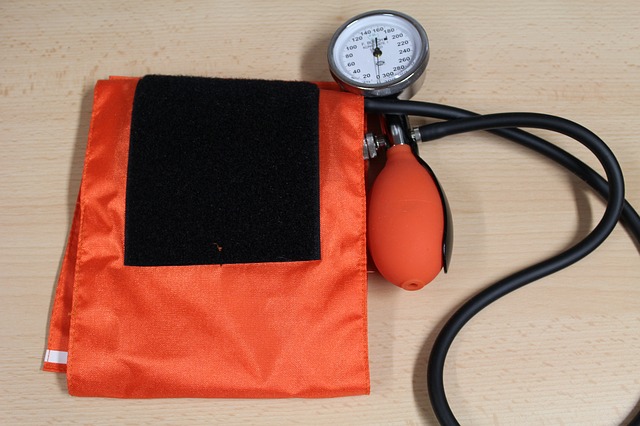Called a “Huge Deal” by George Bakris, MD, a one-year study showed that Patiromer returned blood potassium levels to normal and kept them under control in patients being treated for Kidney Disease.
A year long study of more than 300 patients found that the investigational drug patiromer can reduce elevated blood-potassium levels–a common side effect of drugs essential in the treatment of chronic diabetic kidney disease.
The drug, given in this trial at one of four doses based on disease severity, returned blood potassium levels to normal when measured at four weeks and kept them under control for one year, the length of the trial. By quickly bringing potassium levels back to normal and keeping them there, patiromer can prevent life-threatening adverse events.
The study, published July 14, 2015, in JAMA: The Journal of the American Medical Association, is the first to follow patients taking patiromer for more than a few weeks.
Continue Reading Below ↓↓↓
In patients with mild or moderate potassium elevation, known as hyperkalemia, patiromer for oral suspension decreased serum potassium levels within 48 hours. For most of those patients, potassium levels remained within the target range at every scheduled visit for the next year. When patients stopped taking the medication, potassium levels in the blood began to increase within three days and hyperkalemia recurred within eight weeks.
“This is a significant advance, a huge deal,” said George Bakris, MD, professor of medicine and director of the Comprehensive Hypertension Center at the University of Chicago Medicine. “It affects everyone with stage 4 or 5 chronic kidney disease, almost 1 million people in the United States.”
The only alternative is a 50-year-old drug that is “difficult to take, poorly tolerated and unpredictable,” Bakris said. “Most patients won’t take it.”
Hyperkalemia–a blood-potassium level above 5 millimoles per liter–is a frequent and dangerous complication of both acute and chronic kidney disease. It can cause life-threatening cardiac arrhythmia and sudden death.
Patients most at risk are those with chronic kidney disease combined with diabetes and hypertension or heart failure. About 10 percent of patients who take renin-angiotensin-aldosterone system (RAAS) inhibitors, which slow the progression of kidney disease, develop hyperkalemia within a year.
Patiromer is a novel medication. It is made of small smooth spherical beads, about one-tenth of a millimeter in diameter–the size of a typical dust particle. When mixed with a few tablespoons of water and swallowed, these particles attach themselves to potassium ions in the lower part of the colon, where the concentration of free potassium is the highest. The potassium-packed beads are then excreted.
This multicenter, phase 2 study–known as the AMETHYST-DN trial, conducted between June 2011 and June 2013 in five European countries (Croatia, Georgia, Hungary, Serbia and Slovenia)–enrolled patients with hyperkalemia, hypertension, type 2 diabetes and chronic kidney disease. All patients were taking RAAS inhibitors to treat their CKD prior to and during study treatment. Thirty-five percent of patients also suffered from heart failure.
Depending on the severity of their hyperkalemia, patients were assigned to one of four different doses–4.2 grams, 8.4 grams, 12.6 grams, or 16.8 grams–twice daily. The mean age of participants was 66.3 years and the mean serum potassium level at the beginning of the trial was 5.3.
When measured after four weeks of treatment, those with mild hyperkalemia (between 5.0 mmol/L and 5.5 mmol/L) had a decrease of 0.35 at the lowest dose (4.2g twice a day), 0.5 at dose 2, and 0.55 at dose 3. Those with moderate hyperkalemia (greater than 5.5 mmol/L) had even more improvement, with decreases of 0.87 at dose 2, 0.97 at dose 3 and 0.92 at dose 4.
Average potassium levels consistently decreased over the course of the study. About 80 percent of patients with either mild or moderate hyperkalemia had serum potassium levels in the target range (between 3.5 and 5) at each scheduled visit through week 52.
Continue Reading Below ↓↓↓
The combination of chronic kidney disease, type 2 diabetes, high blood pressure, hyperkalemia and, in about one-third of cases, heart failure, can be deadly. Over the course of the yearlong study, 69 percent of the patients enrolled had at least one adverse event. Only 20 percent of those, however, were thought to be related to patiromer.
The most common adverse events were the progression of chronic kidney disease, low magnesium levels, and worsening of hypertension, plus constipation and diarrhea. Events related to patiromer primarily involved low magnesium, mild to moderate constipation and diarrhea.
Forty-four patients, 14.5 percent of the total, had serious adverse events. None of the serious events was attributed by the investigator to patiromer. There were 15 deaths (4.9 percent of patients enrolled). Again, none of the deaths were attributed to patiromer.
“Patiromer consistently maintained normal serum potassium levels over 52 weeks,” the authors wrote. There was “high adherence, low risk of hypokalemia (low potassium levels) and minimal discontinuation because of adverse events.”
“An effective treatment for hyperkalemia lets us reconsider clinical trials in more advanced kidney disease that were stopped, or never started, due to risk of hyperkalemia,” Bakris said. “Now we can evaluate the role of RAAS blockers on progression of chronic kidney disease and evaluate aldosterone blockade in heart failure patients.”
Previous research demonstrated the short-term benefits of patiromer, but this is the first study to follow patients beyond four weeks. Patients for whom it is appropriate would take the medication indefinitely.
The findings “have the potential to fundamentally change the current treatment approach to hyperkalemia,” according to an accompanying editorial by nephrologist Wolfgang Winklemayer, MD, ScD, of Baylor College of Medicine. The novelty of the study, he added, “lies in the secondary results.” Potassium levels remained essentially stable throughout the maintenance phase, but after the end of the study, “potassium concentrations increased quickly and significantly, once again.”
This study was funded by Relypsa Inc., of Redwood City, Calif., the makers of patiromer. Additional authors include Bertram Pitt, University of Michigan; Matthew Weir, University of Maryland School of Medicine; Mason Freeman, Massachusetts General Hospital; David Bushinsky, University of Rochester; and Martha Mayo, Dahlia Garza, Yuri Stasiv, Rezi Zawadzki and Lance Berman, from Relypsa.
Source: University of Chicago Medical Center
Journal: JAMA
Funder: Relypsa Inc.












